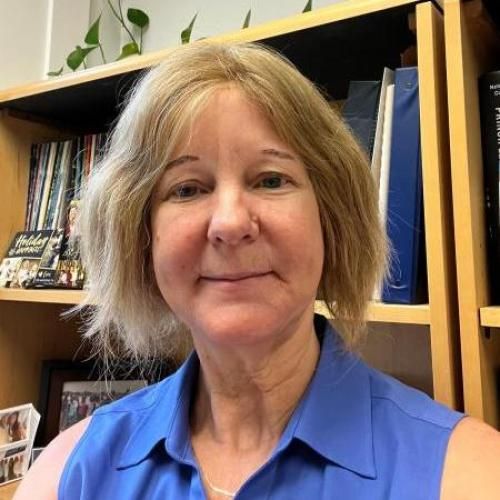
Immunoglobulin-like PapD chaperone caps and uncaps interactive surfaces of nascently translocated pilus subunits.
Molecular chaperones are found in the cytoplasm of bacteria and in various cellular compartments in eukaryotes to maintain proteins in nonnative conformations that permit their secretion across membranes or assembly into oligomeric structures. Virtually nothing, however, has been reported about a similar requirement for molecular chaperones in the periplasm of Gram-negative bacteria. We used the well-characterized P pilus biogenesis system in Escherichia coli as a model to elucidate the mechanism of action of a periplasmic chaperone, PapD, which is specifically required for P pilus biogenesis. PapD probably associates with at least six P pilus subunits after their secretion across the cytoplasmic membrane, but PapD is not incorporated into the pilus. We used purified periplasmic complex that PapD forms with the PapG adhesin to investigate the function of interactions between the chaperone and its targets. We demonstrated that PapD binds to PapG to form a stable, discrete bimolecular complex and that, unlike cytoplasmic chaperones, the periplasmic PapD chaperone maintained PapG in a native-like conformation. Bound PapD in the complex was displaced by free PapD in vitro; however, the in vivo release of subunits to the nascent pilus is probably driven by an ATP-independent mechanism involving the outer membrane protein PapC. In addition, the binding of PapD to PapG in vitro prevented aggregation of PapG. We propose that the function of PapD and other periplasmic pilus chaperones is to partition newly translocated pilus subunits into assembly-competent complexes and thereby prevent nonproductive aggregation of the subunits in the periplasm. These data provide important information for understanding the mechanism of action of this general class of chaperones that function in the periplasmic space.
Duke Scholars
Altmetric Attention Stats
Dimensions Citation Stats
Published In
DOI
ISSN
Publication Date
Volume
Issue
Start / End Page
Location
Related Subject Headings
- Protein Conformation
- Models, Structural
- Macromolecular Substances
- Kinetics
- Immunoglobulins
- Immunoblotting
- Fimbriae, Bacterial
- Escherichia coli
- Electrophoresis, Polyacrylamide Gel
- Circular Dichroism
Citation

Published In
DOI
ISSN
Publication Date
Volume
Issue
Start / End Page
Location
Related Subject Headings
- Protein Conformation
- Models, Structural
- Macromolecular Substances
- Kinetics
- Immunoglobulins
- Immunoblotting
- Fimbriae, Bacterial
- Escherichia coli
- Electrophoresis, Polyacrylamide Gel
- Circular Dichroism

